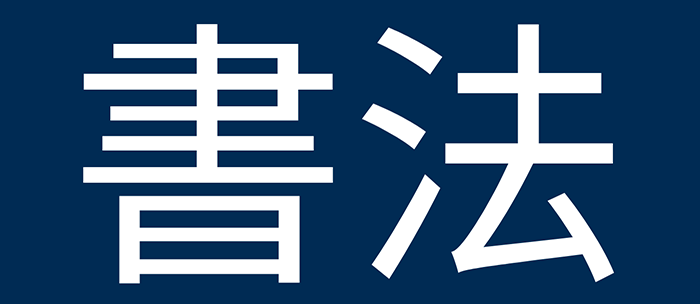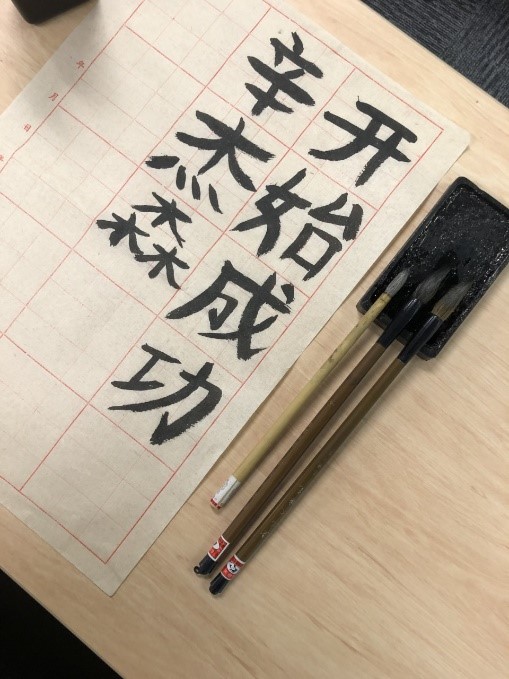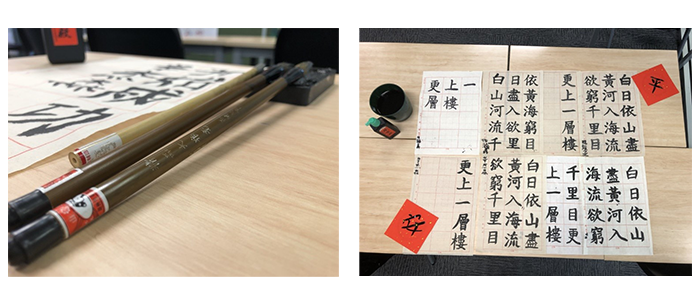
Chinese Calligraphy is a new CAS group formed in 2021 , encouraging fellow students who are interested in Chinese culture to develop a deeper understanding through the art and beauty of Chinese calligraphy.
, encouraging fellow students who are interested in Chinese culture to develop a deeper understanding through the art and beauty of Chinese calligraphy.
Calligraphy, literally "beautiful writing," has been appreciated as an art form in many different cultures throughout the world, but the stature of calligraphy in Chinese culture is unmatched. In China, from a very early period, calligraphy「書法」was considered not just a form of decorative art; rather, it was viewed as the supreme visual art form, was more valued than painting and sculpture, and ranked alongside poetry as a means of self-expression and cultivation. The way a person writes the character is as important as the character that is written. One of the truly unique features of Chinese calligraphy is that the person is able to mentally retrace, stroke by stroke, the exact order of steps in which the work is made. The viewer also is able to observe extremely subtle nuances of execution - where a stroke is made swiftly or slowly, whether the brush is put on the paper with great delicacy or force, and so on.
During Term 1, the members of the QAHS Chinese Calligraphy CAS group worked on a project that requires them to replicate a famous Chinese poem called “Ascending the Heron Tower" by Wang Zhihuan. The poem is well renowned for its time and many poem critics praised it for how it reflects upon the positive and progressive spirit of humans. The poet uses extremely simple language, both in a highly vivid and highly generalised way, to describe the thousand miles of rivers and mountains that has entered the broad field of vision. The simplicity of the poem itself allows future generations to read these characters and to also understand the meaning behind what the poem is trying to convey. Expressing the feeling of open-mindedness and the unlimited possibilities within life just like the endless mountains and rivers in the distance.
Together as a CAS group, all of the members analysed the meaning behind each of the chosen characters used in the poem, and in doing so, formed their own personal interpretation of the poem itself. After gaining a deeper insight behind the poem, the members then begin to retrace each of the characters in the poem using their own individual style. Personally, I believe each and every one of the artworks produced by the members of the CAS group are distinctively unique and really highlights their interpretation and understanding of the meaning behind the poem.
Therefore, I am very proud and excited to see what other works of art the members of the CAS group could produce in further projects! For those who are interested in participating the Chinese calligraphy CAS, please check out student services on MyQA for more information.
Joanne Cheng
Teaching Faculty